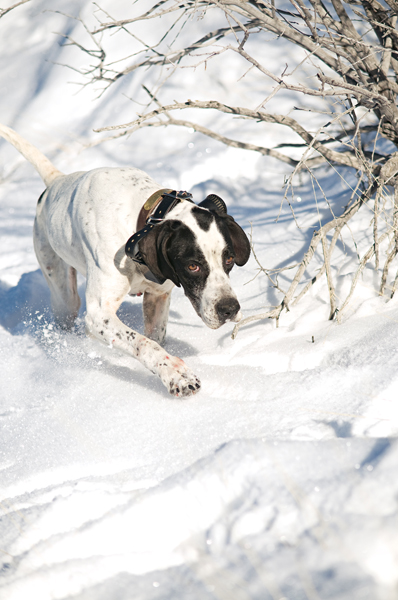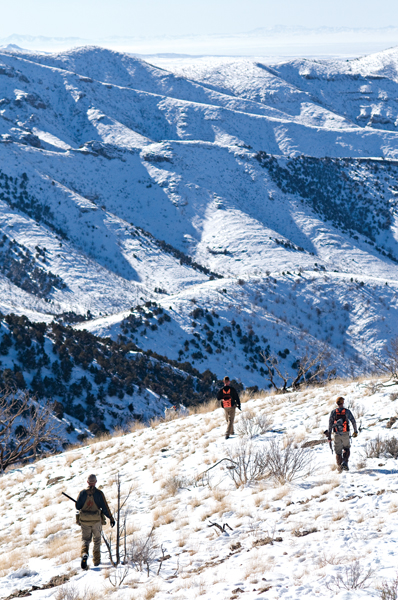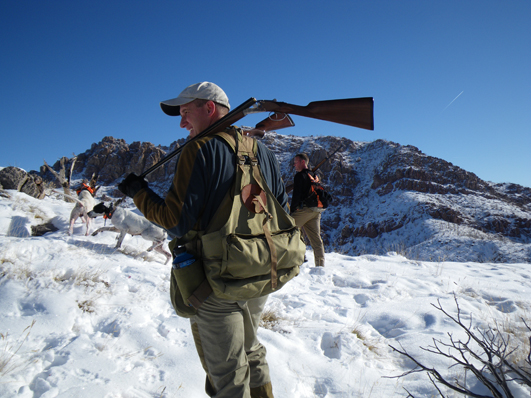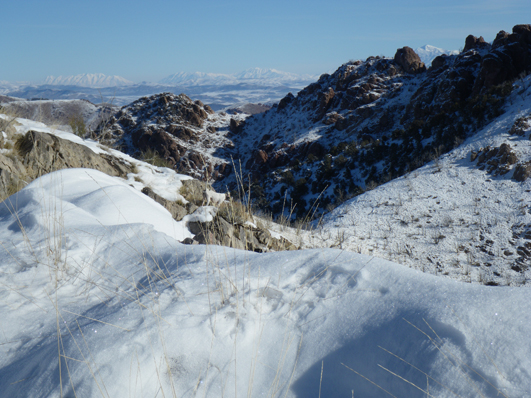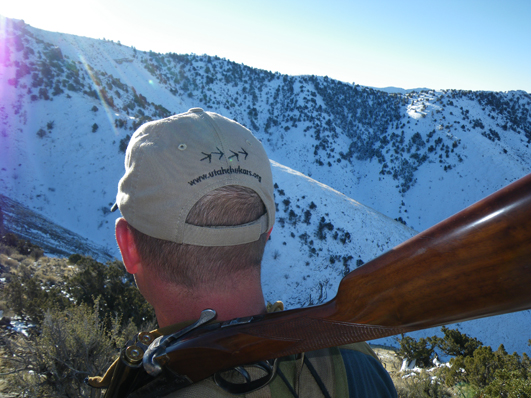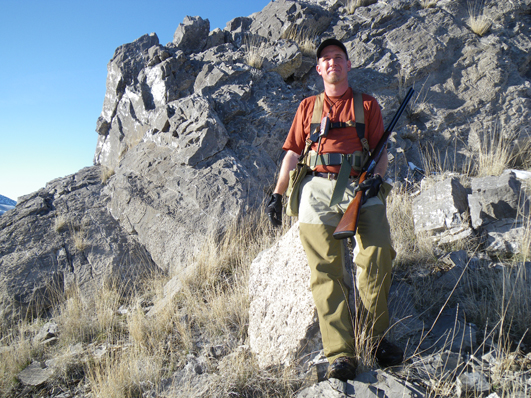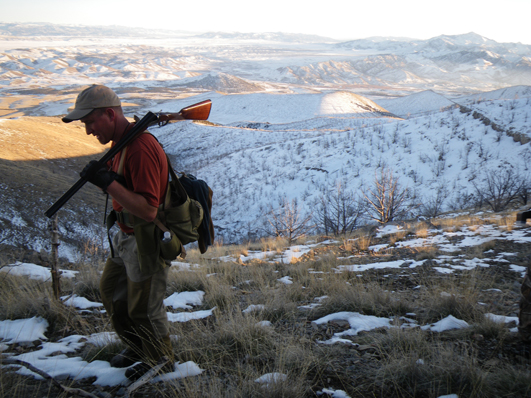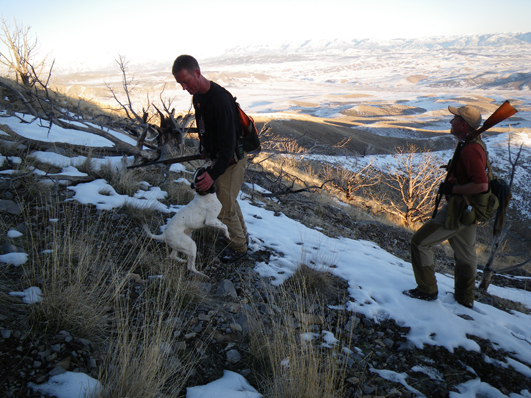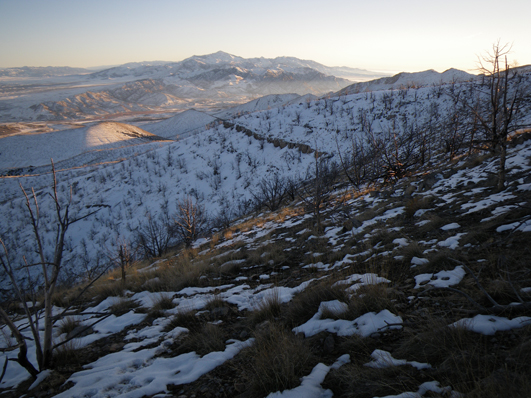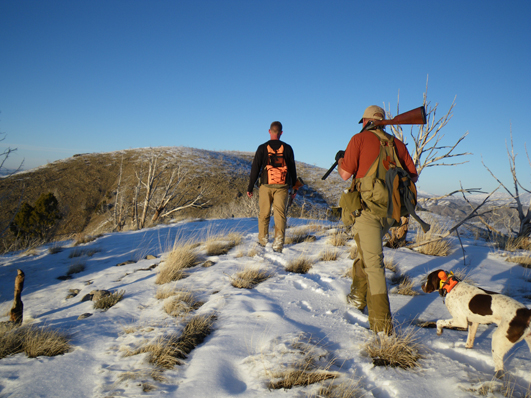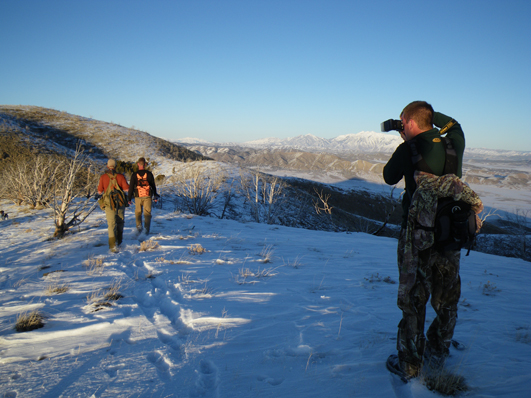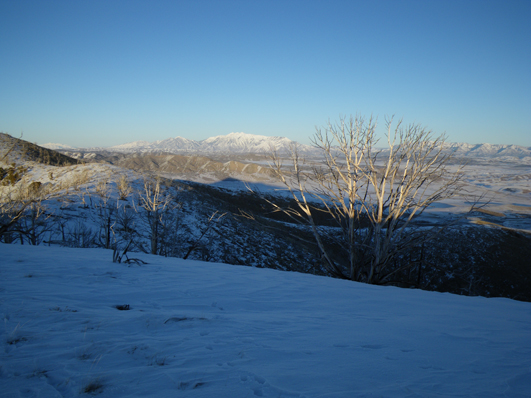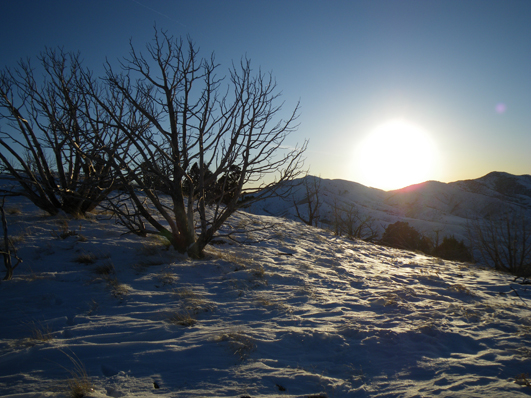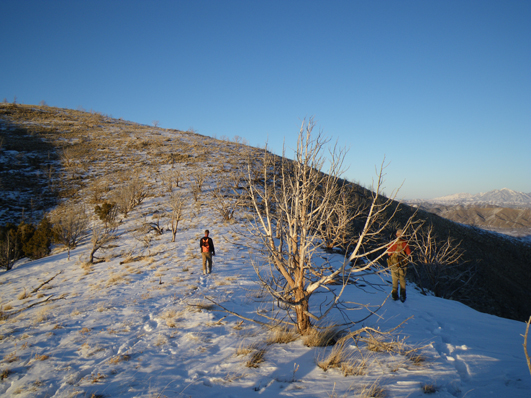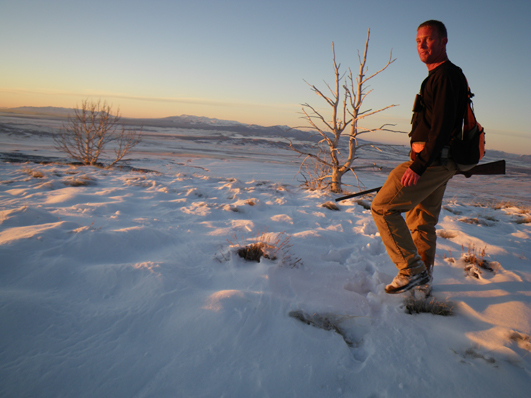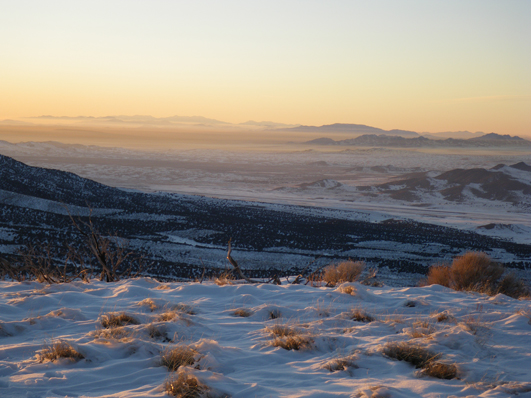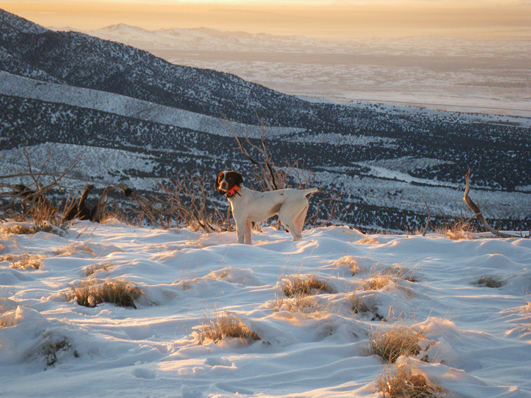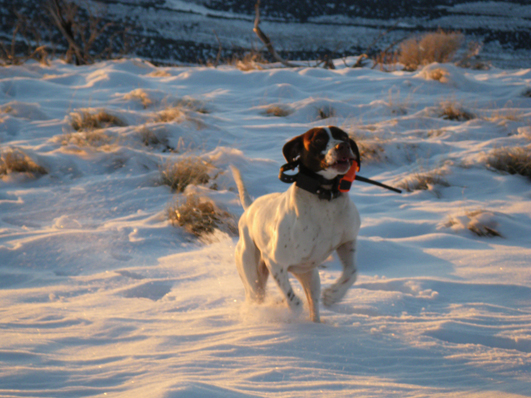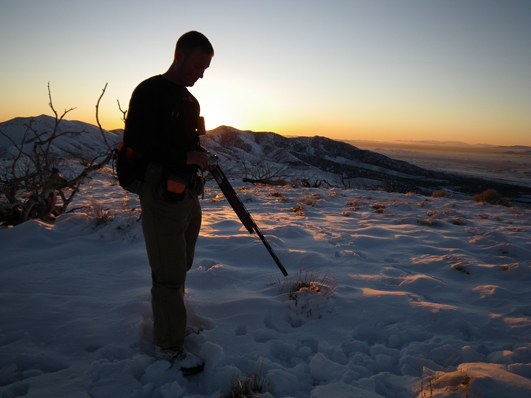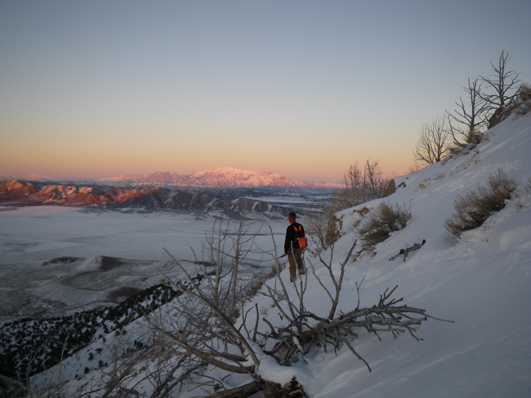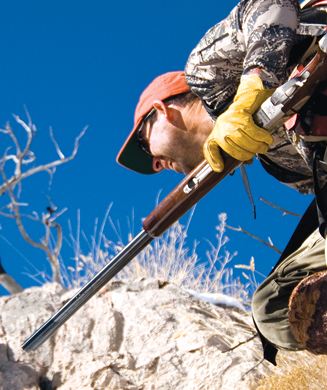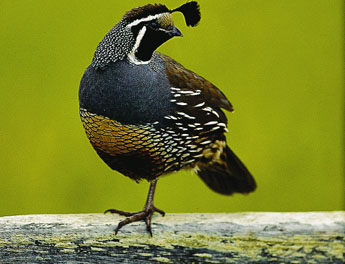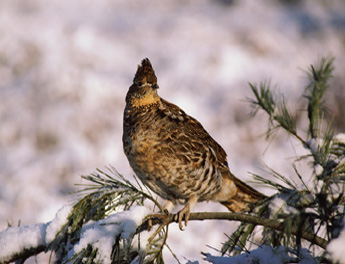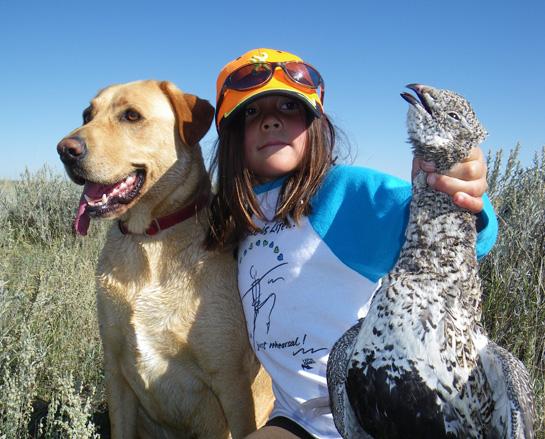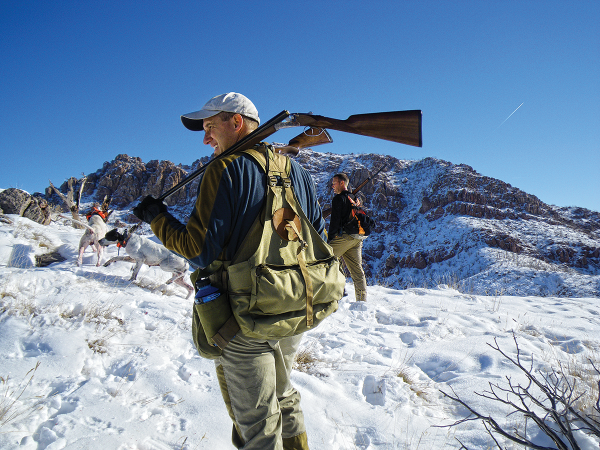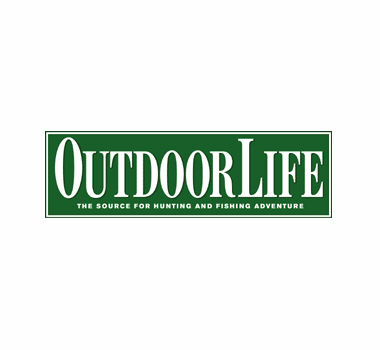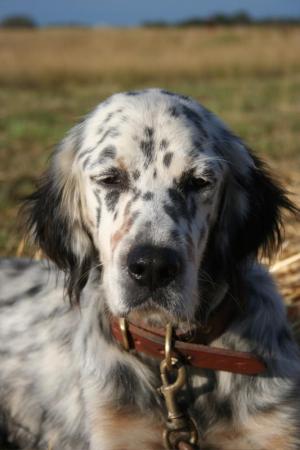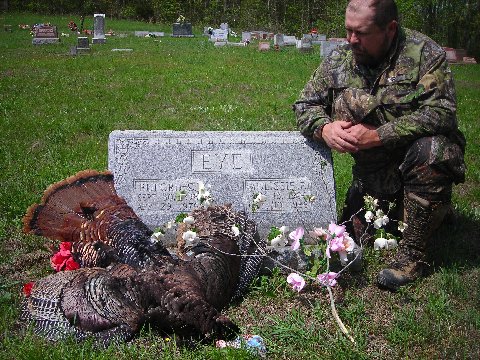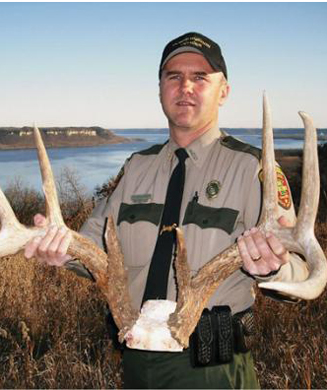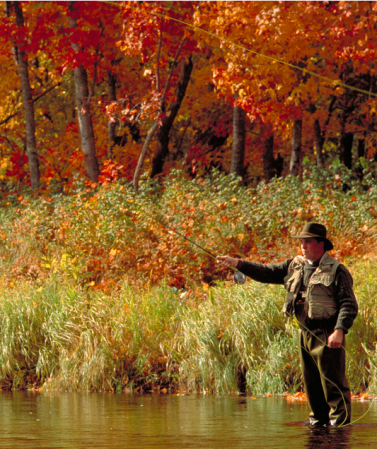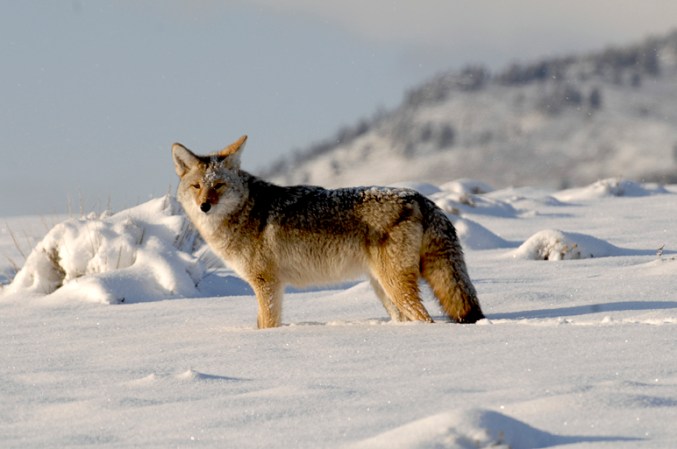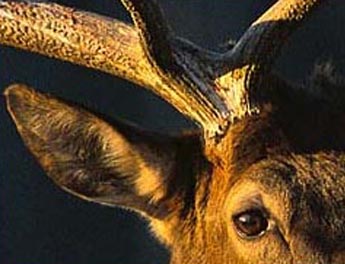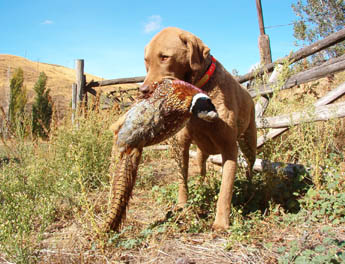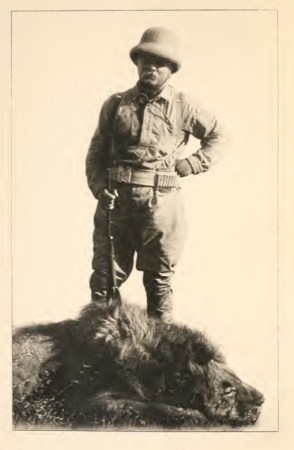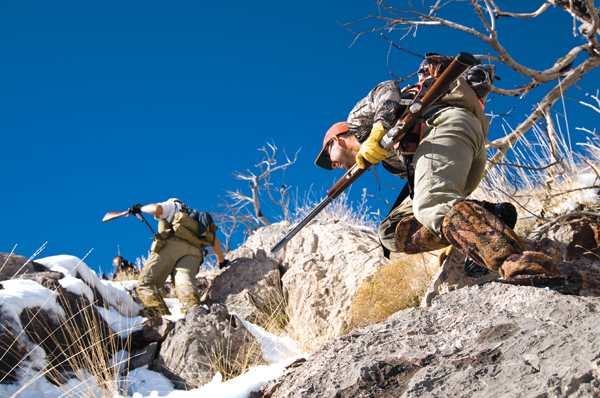
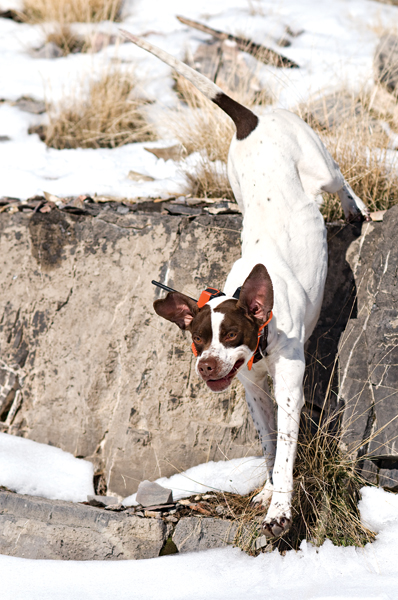
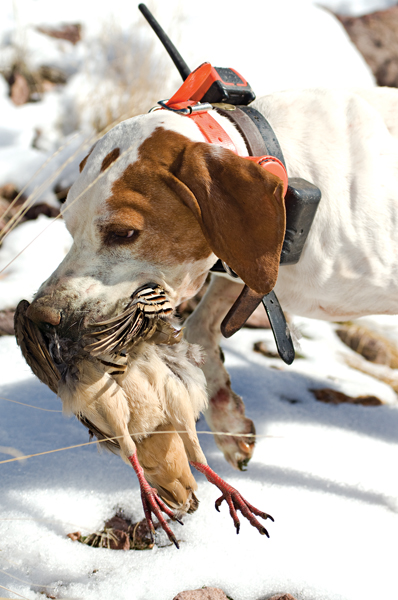
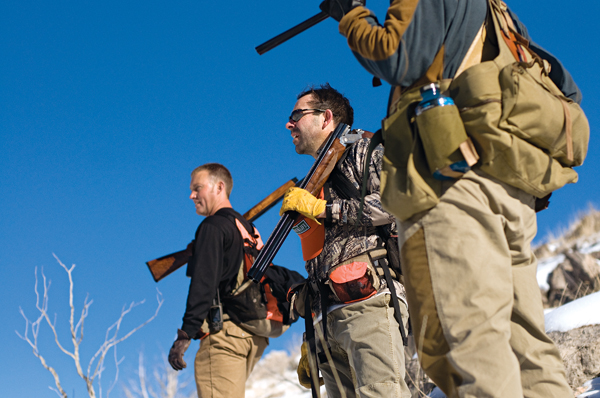
Native to the Himalayan foothills, chukar partridges were introduced to Utah's rugged mountains half a century ago. They thrive on craggy, wind-blasted ridges where few hunters have the ability, or the desire, to go. Travis Proctor and Mike Robbins and their fleet of Elhew pointers spend the winter here. "The first time you hunt chukars, it's for fun," says Robbins. "After that, you hunt for revenge."
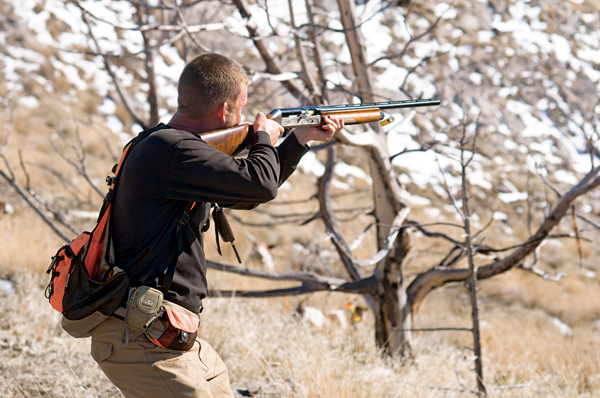
Last year wasn't a good year for chukars, and coveys were small and scattered across vast mountain ranges. I hiked so hard and high the first day that I tasted blood and my thighs cramped and burned. Finally, in a high cheatgrass saddle, Proctor's veteran pointer, Gus, locked up so staunch he appeared carved from stone and glared at a rocky point. Suddenly, the air was full of whirring charcoal wings as a dozen chukars erupted from the shale. I hit a bird, then watched in dismay as it locked its wings and glided 500 feet down the slope. I've never been so punished for a pretty good shot. The retrieve took a full hour.
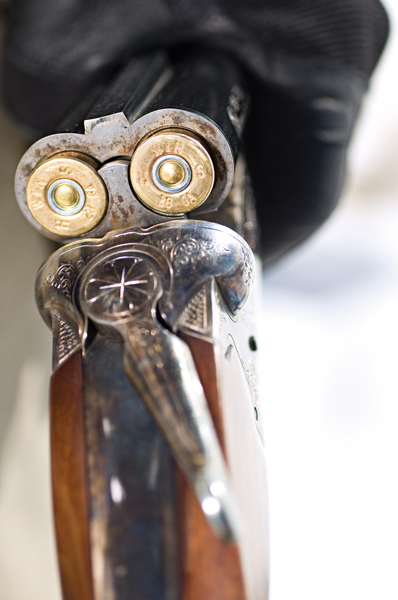
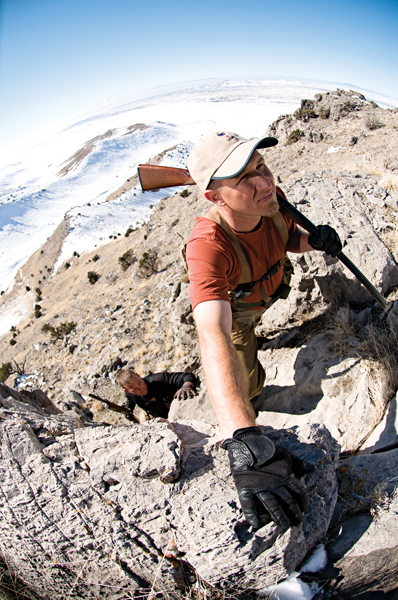
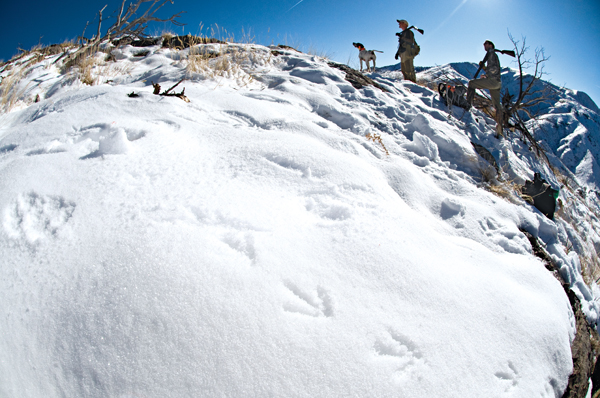
"People want to know what are the easy spots to hunt chukars," says Proctor. "There are no easy spots." Find the steepest, most remote, cheatgrass-covered mountain, then hike every brutal inch of it, and you'll find birds. Essential gear includes mountaineering boots, hydration bladders, GPS dog collars and lightweight shotguns. Tough, wide-ranging pointers are required, but even the best hounds can be baffled by a scent trail that leads to a cliff and vanishes in the clear high-country air. By the end of the day, the dogs' paws are bloody and shredded.
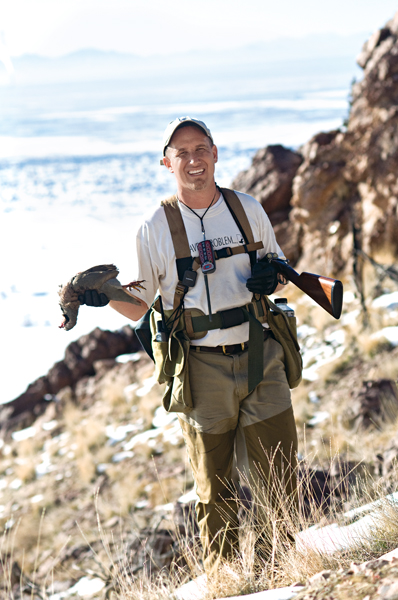
"We've never run out of places to hunt chukars," says Proctor, who founded the Utah Chukar and Wildlife Foundation. "It's all public land and it's accessible to everyone." After my second day, blistered and sore, I marvel that anyone would voluntarily subject themselves to this degree of discomfort. My boots are ruined, my shotgun is scratched and my leather gloves have been shredded by the sharp shale. Then the dogs go on point and we run, gasping, straight uphill to a rocky scarp. The dogs are locked up, tails straight in the air, shoulders quivering with the anticipation of a rise. Travis is taut as a wire, hunched forward, holding his gun like he might snap it in half. We double on birds, and when I look at Travis he's smiling like a blissful child. That's what it's like when you earn a wild Utah chukar.
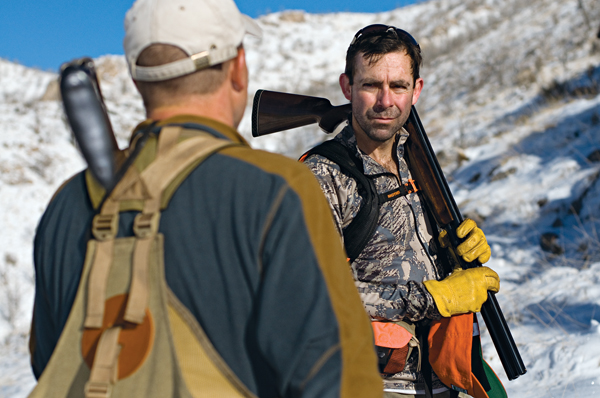
We bust through knee-deep snow to a high hogback, working cheatgrass benches between the exposed ribs of jagged rocks. The south-facing slopes are blindingly bright with the mid-winter sun, and despite temperatures in the mid 20s, I'm drenched with sweat. The roof of my mouth itches, and I realize that it's sunburned. How? My panting, open mouth has caught the reflected rays of the sun off the bright snow. But hiking off the mountain, I'm satisfied. My game bag is full, my limbs are intact and I've kept up with the toughest bird hunters in America.
